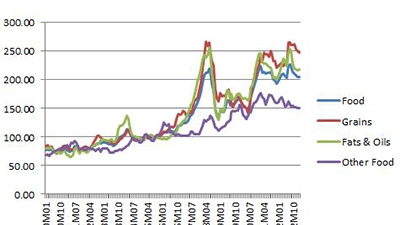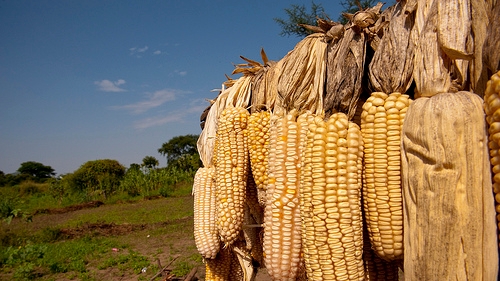Prices of internationally traded food continued to drop between October 2012 and February 2013. That makes for six months of consecutive declines. Lower demand in tight international markets and improved supply conditions have contributed to these price falls.
Still, international food prices remain only 9 percent below the all-time high recorded in August 2012, and several uncertainties on both supply and demand sides still threaten international markets. Seasonal factors, domestic policies, and other local circumstances are interacting to maintain strong domestic prices in many monitored markets.
Even in this context of high food prices, the current global overweight and obesity epidemic is likely to expand. This will present even more challenges to the post-2015 efforts to reduce global malnutrition.


